In the world of online advertising and monetization, Google Ads and Google AdSense are two of the most frequently mentioned platforms. While they sound similar and are both run by Google, they serve distinct purposes and operate differently. For marketers, website owners, and content creators, understanding the key differences between Google Ads and Google AdSense is essential to leverage the right tool for their goals. This article provides a detailed comparison to help you make informed decisions.
Overview of Google Ads
Google Ads is an advertising platform where businesses create and run ads to promote their products or services. Advertisers bid on keywords or audiences to display ads across Google Search, YouTube, the Display Network, and partner sites. The primary aim is to drive traffic, leads, sales, or brand awareness by reaching potential customers.
Overview of Google AdSense
Google AdSense, on the other hand, is a monetization program for website owners, bloggers, and app developers. Publishers allow Google to display ads on their websites or apps and earn revenue when visitors view or click those ads. AdSense acts as a mediator between advertisers and publishers, automatically serving relevant ads based on site content and user interests.
Fundamental Difference: Who Uses Each Platform?
-
Google Ads Users: Advertisers looking to promote their offerings by paying for ad placements.
-
Google AdSense Users: Publishers or content owners who want to monetize their digital real estate through ads.
How Google Ads Works
Advertisers:
-
Create campaigns targeting specific keywords, audiences, or placements.
-
Define budgets and bidding strategies (e.g., CPC, CPM, CPA).
-
Design ads (text, display, video, shopping).
-
Monitor performance metrics such as impressions, clicks, conversions.
-
Adjust targeting and bids to optimize ROI.
Advertisers pay Google to display these ads, and Google charges them based on performance metrics.
How Google AdSense Works
Publishers:
-
Sign up for AdSense and get approval.
-
Place ad code snippets on their websites or apps.
-
Google automatically delivers targeted ads relevant to site content.
-
Earn revenue when visitors click or view ads.
-
Access reports on earnings and performance.
-
Get paid monthly when earnings reach a payment threshold.
Revenue Model Comparison
| Aspect | Google Ads | Google AdSense |
|---|---|---|
| Primary Audience | Advertisers | Publishers |
| Payment Model | Advertisers pay to show ads | Publishers earn from ad clicks/impressions |
| Objective | Drive traffic, conversions | Monetize website/app traffic |
| Control Over Ads | Full control over ad content & targeting | Limited; ads auto-generated by Google |
| Revenue Flow | Cost of advertising | Share of advertiser spend via Google |
Examples of Use Cases
-
Google Ads: A local bakery runs search ads targeting “best cupcakes near me” to attract local customers.
-
Google AdSense: A food blogger displays ads on recipes pages and earns revenue as readers engage with ads.
Benefits of Google Ads
-
Precise targeting options for demographics, location, devices, and interests.
-
Full control over ad creatives and messaging.
-
Flexible budgeting and bidding strategies.
-
Performance tracking to measure ROI directly.
-
Immediate visibility on search results and partner sites.
Benefits of Google AdSense
-
Easy way for website owners to generate passive income.
-
Automated ad matching reduces manual work.
-
Supports various ad formats to enhance user experience.
-
No upfront costs to publishers.
-
Integration with Google Analytics for deeper insights.
Which Platform Should You Use?
-
Use Google Ads if you want to actively promote your business, generate leads, or increase sales by running advertising campaigns.
-
Use Google AdSense if you want to monetize your website or app through displaying ads created by advertisers.
Integration Between Google Ads and AdSense
Although different, these platforms complement each other in the advertising ecosystem. Advertisers run campaigns through Google Ads, and their ads display on publisher sites enrolled in AdSense. This integration enables a seamless flow of advertisers’ budgets supporting publishers’ earnings.
Common Misconceptions
-
Google Ads and AdSense are the same — They serve different user groups.
-
AdSense generates traffic — It only monetizes existing traffic.
-
Advertisers pay publishers directly — Payments flow through Google only.
High Authority Resource for Google Ads and AdSense
For official, detailed insights about both Google Ads and Google AdSense, visit Google’s official resource: Google Ads and AdSense Overview.
Read More: What Is Google AdSense and How Does It Work? A Comprehensive Overview
Conclusion
Google Ads and Google AdSense are powerful tools serving distinct goals within the digital advertising landscape. Advertisers seeking to promote businesses use Google Ads to create targeted campaigns, while publishers utilize Google AdSense to generate revenue by displaying relevant ads on their digital properties.
Understanding the difference lets you choose the platform aligning with your objectives—whether growing your customer base or monetizing your content effectively.
Both platforms operate in synergy, forming the backbone of Google’s vast advertising ecosystem. Leveraging each properly can unlock significant value for marketers and publishers alike.
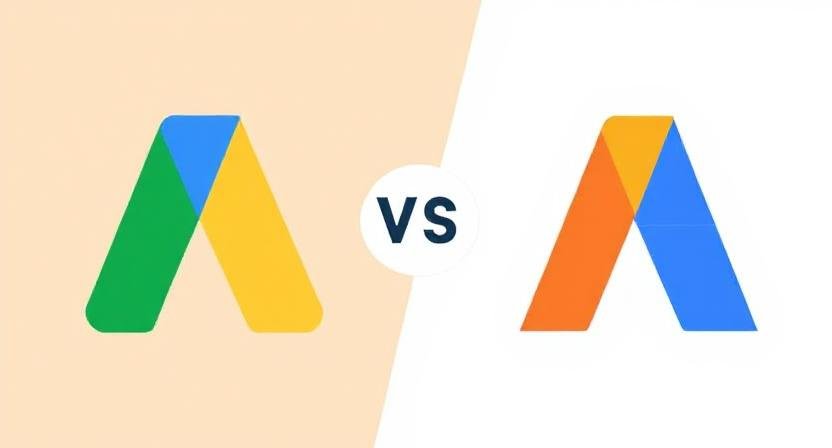

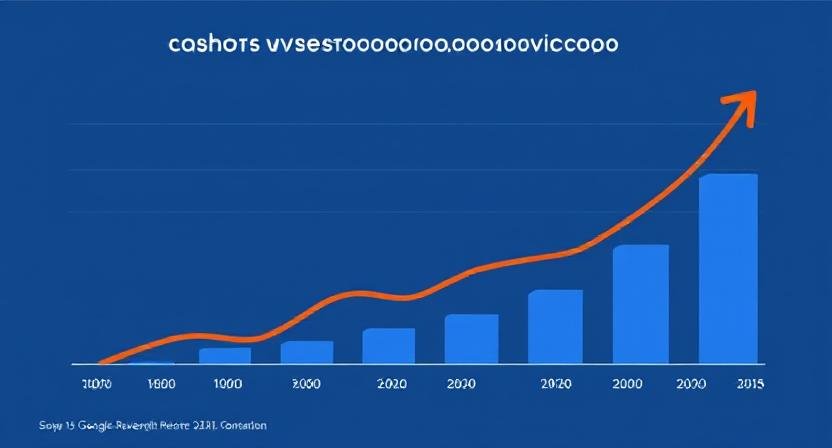
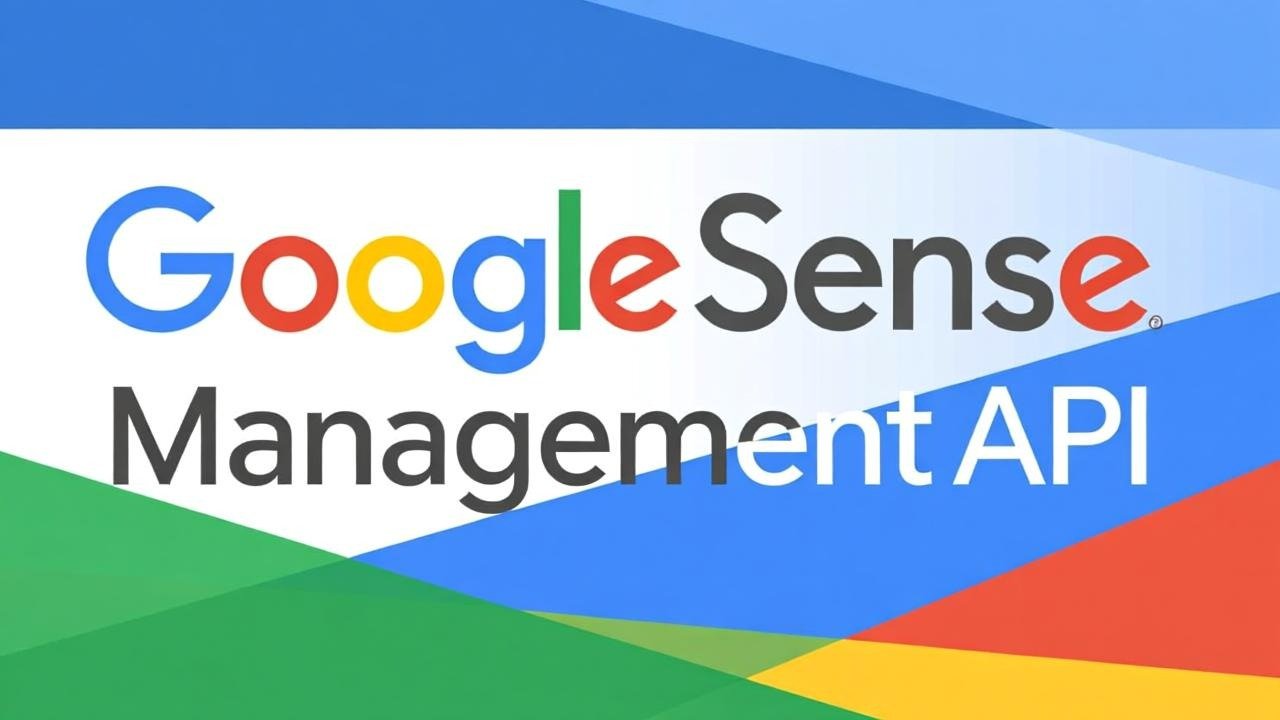





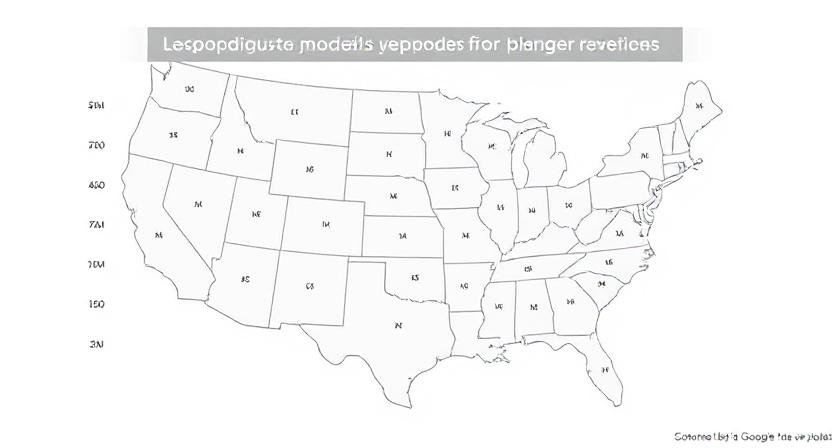
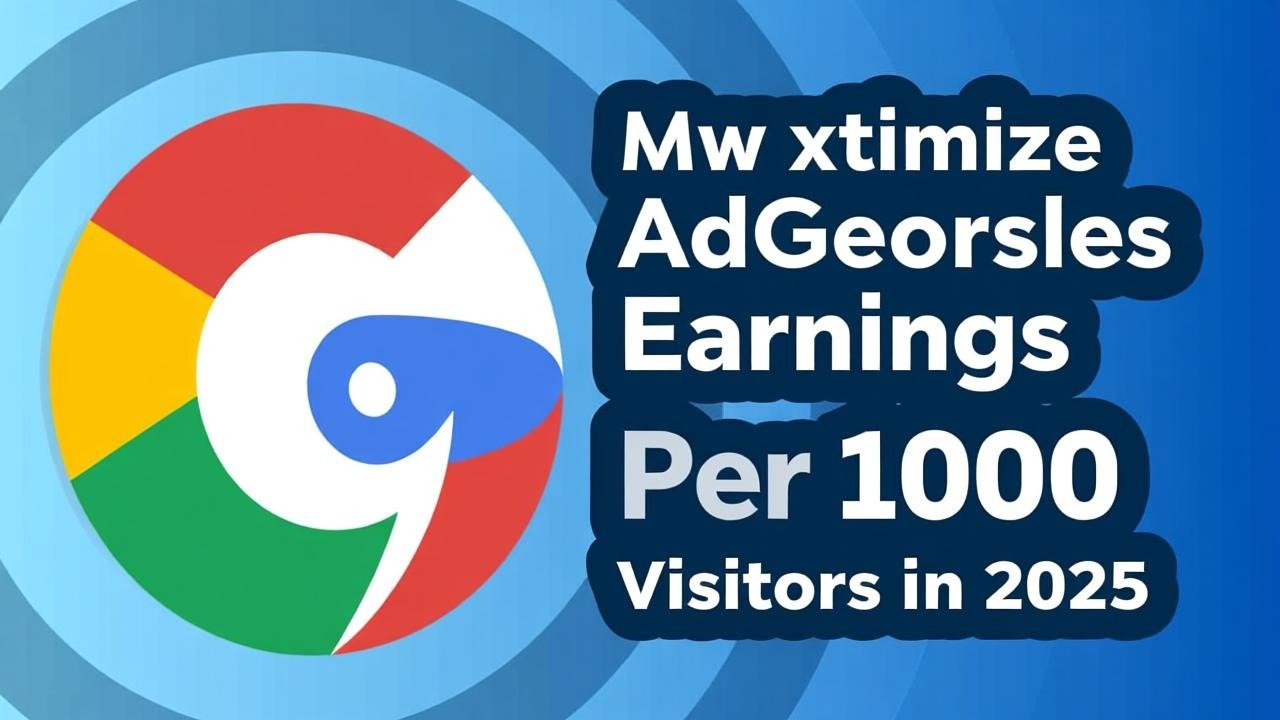
1 thought on “Google Ads vs Google AdSense: Key Differences Every Marketer Should Know”